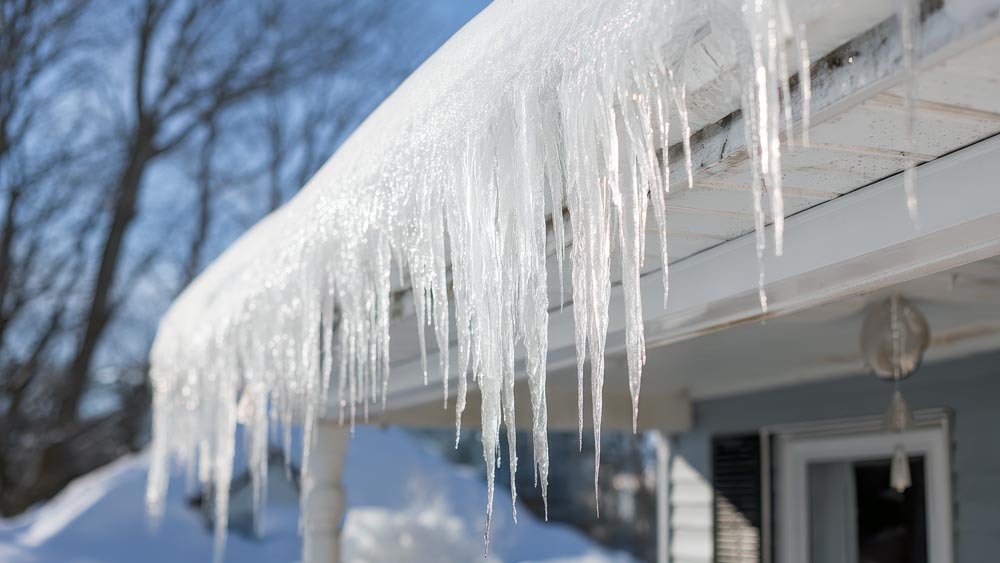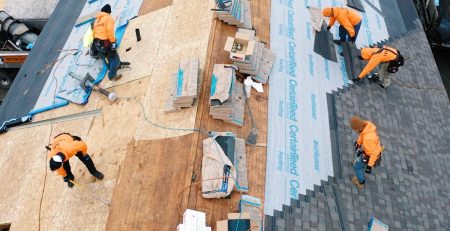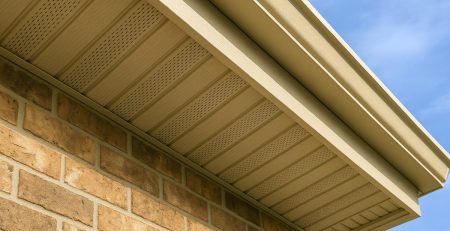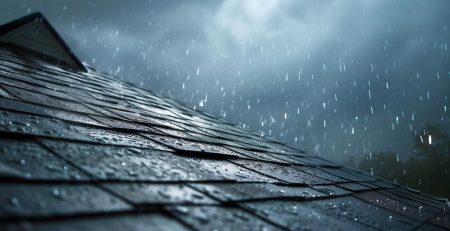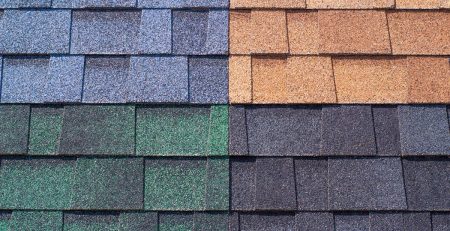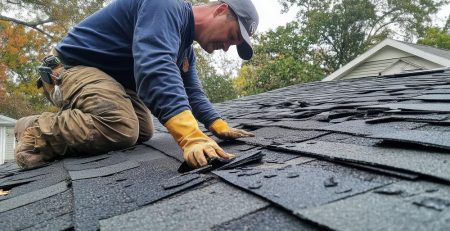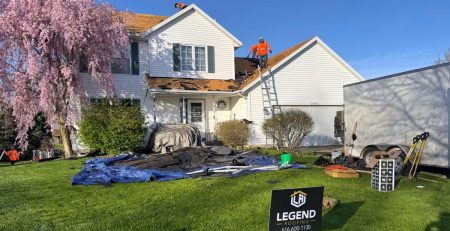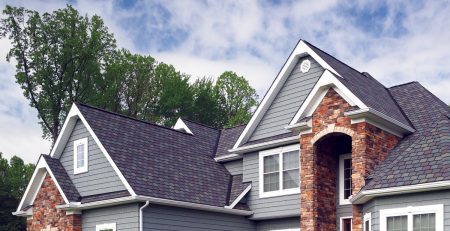How to Prevent Ice Dams in Michigan
As winter approaches in Michigan, homeowners across the state begin preparing for snow-covered rooftops, freezing temperatures, and holiday festivities. But with all the beauty that winter brings, it also introduces hidden dangers to your home—one of the most common being ice dams.
Ice dams can quietly cause significant roof damage, leaks, and even mold if not addressed properly. Fortunately, with a little education and seasonal preparation, Michigan homeowners can take smart steps to prevent them.
In this blog post, we’ll explore what ice dams are, how they form, and most importantly, how you can protect your home from this cold-weather threat.
What Is an Ice Dam?
An ice dam is a ridge of ice that forms along the edge of your roof, typically at the eaves. It prevents melting snow from properly draining off the roof. As a result, water backs up behind the dam and can seep under shingles, leading to water intrusion, roof rot, and interior damage.
While a snow-covered roof may look cozy and festive, it becomes a problem when heat escaping from the attic begins to melt the snow. That melted snow then refreezes at the colder edges of your roof, creating a literal dam that traps more water behind it.
Why Are Ice Dams So Common in Michigan?
Michigan homeowners are particularly vulnerable to ice dams because of the region’s freeze-thaw cycles, lake-effect snow, and long winters.
In West Michigan, fluctuating daytime temperatures (above freezing) and nighttime lows (well below freezing) create ideal conditions for ice dams to form and refreeze multiple times throughout a single season.
Other local factors that increase the risk include:
- Poor attic insulation in older homes
- Inadequate ventilation (common in ranch and Cape Cod-style homes)
- Heavy snow accumulation from frequent winter storms
Signs You Have an Ice Dam
Ice dams don’t always make themselves known immediately, so it’s important to know the warning signs:
- Large icicles forming along the gutters or roofline
- Ice buildup at the eaves or lower edge of your roof
- Water stains on interior walls or ceilings
- Bubbling or peeling paint near windows or doors
- Warped wood or sagging drywall
If you notice any of these, it’s time to act quickly.
How Ice Dams Form: The Three-Part Problem
1. Heat Loss from the Attic
Warm air from your living space rises into the attic, especially if insulation is lacking or outdated. This warms the underside of your roof and causes snow on top to melt.
2. Melting Snow Turns into Water
That melted snow begins to flow down the roof. However, the outer edges of the roof—especially overhangs and gutters—stay cold because they extend past the warm attic.
3. Water Refreezes at the Eaves
As the water hits these colder surfaces, it refreezes and forms a wall of ice. More melting snow continues to back up behind the dam, with nowhere to go except under the shingles and into your home.
How to Prevent Ice Dams: 7 Proven Strategies for Michigan Homes
You don’t have to wait for water damage to start before taking action. Here are the most effective ways to prevent ice dams in West Michigan:
1. Ensure Proper Attic Insulation
Insufficient insulation allows heat to escape into the attic and warm the roof. Upgrading your insulation helps maintain a consistent temperature and minimizes melting.
- Aim for an R-value of R-38 to R-60 for attics in Michigan
- Seal gaps around light fixtures, chimneys, and attic hatches
- Add insulation to knee walls or low-sloped ceilings
2. Improve Attic Ventilation
Good ventilation keeps cold air circulating through the attic and prevents warm air from accumulating. This helps keep the roof at a consistent temperature.
- Make sure soffit vents and ridge vents are not blocked
- Clear insulation away from vents to allow airflow
- Consider installing a continuous ridge vent for balanced ventilation
3. Keep Gutters and Downspouts Clear
Clogged gutters can worsen ice dam problems by trapping water. In the fall, remove leaves and debris from gutters to ensure proper drainage before the snow starts.
“Ice dams are a serious—but preventable—problem for Michigan homeowners. With the right combination of insulation, ventilation, and seasonal maintenance, you can enjoy a safe, dry winter without the stress of costly roof damage.”
- Install gutter guards to reduce clogging
- Check for sagging or improperly sloped gutters
4. Use a Roof Rake After Heavy Snowfall
A long-handled roof rake lets you safely remove snow from the lower portions of your roof while standing on the ground. This reduces the amount of snow that can melt and refreeze.
- Rake within 24 hours of a snowfall
- Focus on the first 3-4 feet above the eaves
- Use a rake with wheels or rollers to prevent shingle damage
5. Seal Air Leaks in the Ceiling
Air leaks from the living space into the attic are a major contributor to ice dam formation. Sealing these areas reduces warm air transfer.
- Use caulk or spray foam to seal around ducts, vents, and wiring
- Weather-strip attic access panels
6. Install Heat Cables (As a Last Resort)
In homes where structural improvements aren’t practical, self-regulating heat cables can be installed along roof edges and gutters to melt snow and ice.
- Best used in specific problem areas
- Should be installed by a professional
7. Schedule a Professional Roof Inspection
A qualified roofing contractor can assess your roof, insulation, and ventilation to identify vulnerabilities. Legend Roofing offers fall inspections throughout West Michigan and can recommend personalized solutions to prevent winter roof issues.
Can Ice Dams Cause Permanent Damage?
Yes. Left untreated, ice dams can lead to:
- Water leaks and interior ceiling damage
- Mold and mildew growth in attic insulation
- Rotting of roof decking and framing
- Compromised structural integrity
- Shortened lifespan of your roofing system
That’s why early detection and prevention are so important, especially in regions like Michigan with long winters.
What to Do If You Already Have an Ice Dam
If you spot an ice dam forming, avoid trying to chip away the ice—this can damage your shingles and make matters worse. Instead:
- Use a roof rake to remove excess snow above the dam
- Apply calcium chloride ice melt in a nylon stocking and lay it across the dam (avoid rock salt, which damages shingles)
- Place a fan in your attic to cool the underside of the roof
For severe or recurring ice dams, call a roofing professional immediately to assess the damage and perform a safe removal.
FAQs: Ice Dams in West Michigan
It depends. Some policies cover damage caused by ice dams (such as water leaks), but not the removal of the ice dam itself. Always check your policy and talk to your provider.
Not always. Even new roofs can develop ice dams if attic insulation and ventilation are inadequate. A full system approach is key.
No. Rock salt can corrode roofing materials and damage plants and siding. Use calcium chloride instead.
Protect Your West Michigan Roof Before Winter Hits
Ice dams are a serious—but preventable—problem for Michigan homeowners. With the right combination of insulation, ventilation, and seasonal maintenance, you can enjoy a safe, dry winter without the stress of costly roof damage.
Fall is the perfect time to take action.
Call Legend Roofing at (616) 600-1130 or contact us here for a professional roof inspection and winter-prep consultation. We’ll help you keep ice dams off your roof and peace of mind inside your home.


